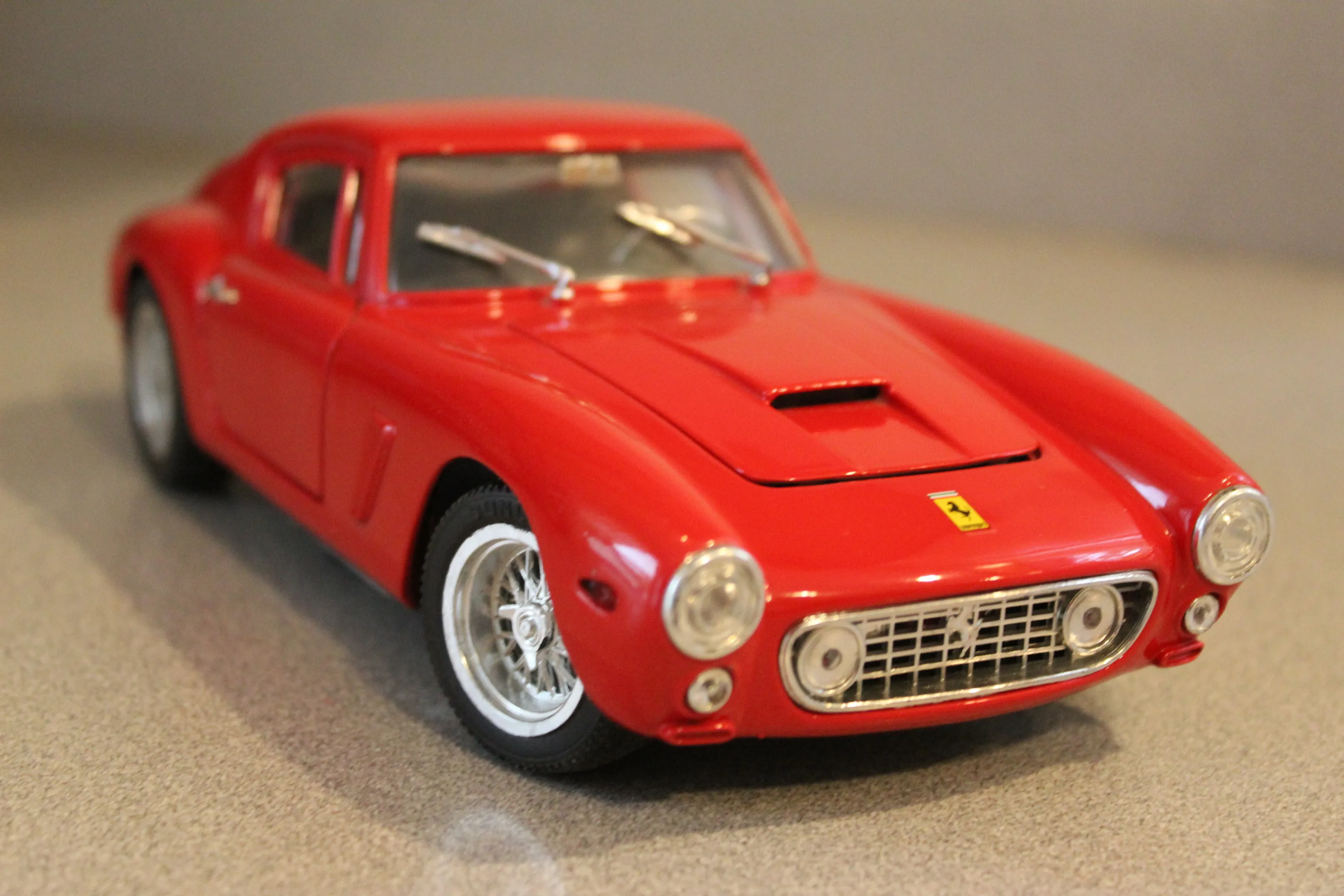What Determines Diecast Car Value?
Diecast cars are more than just miniature replicas; they are reflections of automotive history, artistry, and collectibility. Assessing the worth of a diecast car involves considering several key factors that contribute to its overall value. Whether you’re a seasoned collector or new to the world of diecast models, understanding these elements will help you accurately evaluate your collection. From the model’s make and condition to its rarity and current market trends, each aspect plays a significant role in determining a diecast car’s price. Careful examination and informed evaluation can reveal the true worth of these treasured miniature vehicles. Exploring these elements will offer insights into what makes a diecast car valuable and how to navigate the market effectively.
The Model’s Make and Manufacturer
The manufacturer of a diecast car is a primary factor in determining its value. Renowned brands with established reputations for quality and detail often command higher prices. Certain manufacturers are highly sought after due to their historical significance, craftsmanship, and the accuracy of their models. For example, brands like Hot Wheels, Matchbox, and Autoart are well-regarded in the diecast community. The make of the car itself also plays a crucial role. Iconic car brands such as Ferrari, Porsche, and Mercedes-Benz tend to be more valuable due to their popularity and historical importance. Certain manufacturers also have more collector value than others. These can range from budget, mass-produced brands to premium, limited-run model makers. This all determines its worth.
Rare Manufacturers and Limited Editions
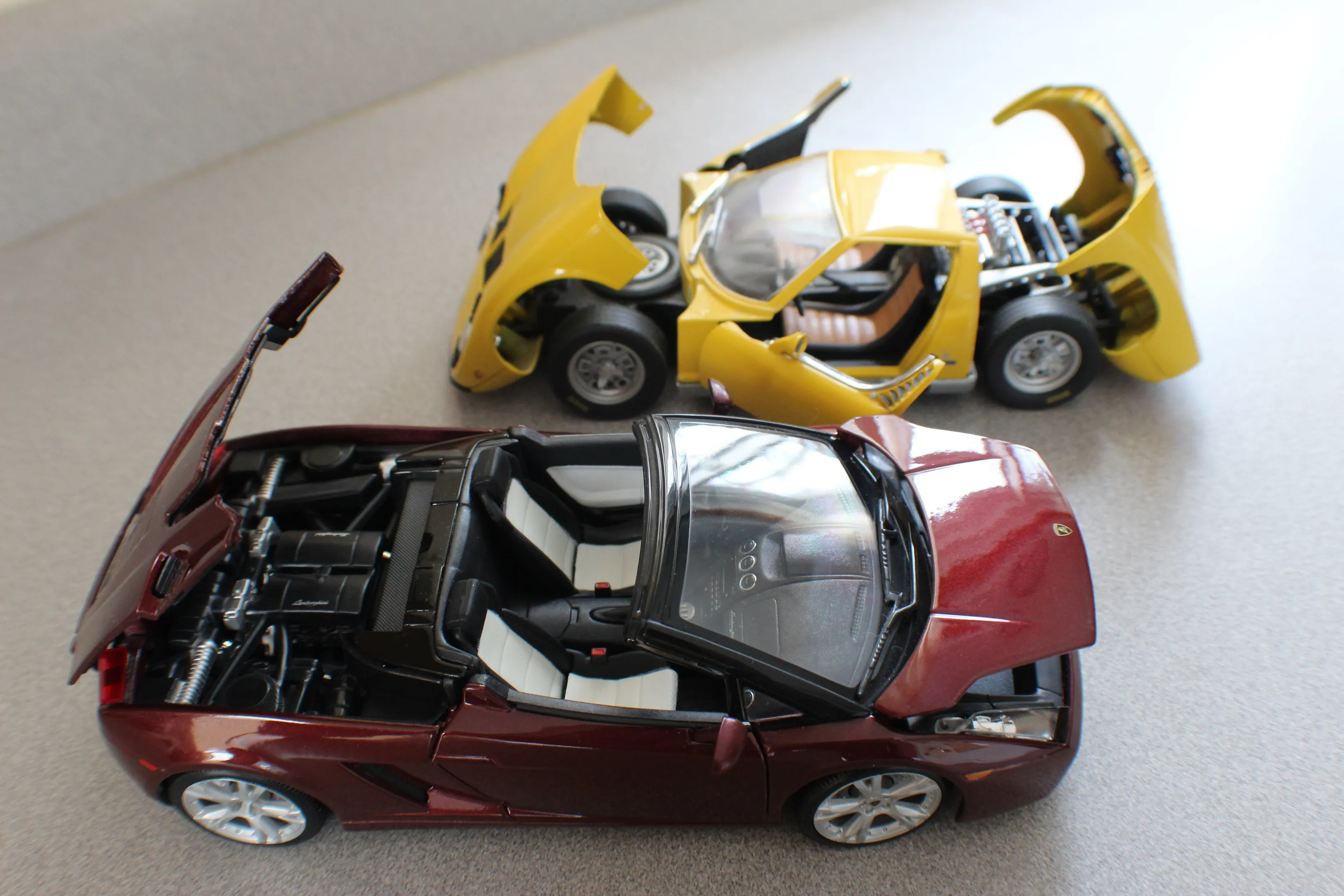
Limited edition models and those from less common manufacturers often have increased value. The scarcity of a particular model directly influences its desirability among collectors, driving up its price in the market. Limited production runs, exclusive collaborations, and models that are no longer in production can become highly valuable over time. These rare items often come with certificates of authenticity or unique markings that verify their exclusivity. They are also often associated with special events or anniversaries. Collectors actively seek these items to complete their collections and consider them as valuable assets. Limited releases and collaborations are always great for increasing the car’s worth in the long run.
The Model’s Scale and Details
The scale of a diecast car model significantly impacts its value and collectibility. Common scales such as 1:18, 1:24, and 1:43 determine the size and the level of detail that can be incorporated. Larger scales like 1:18 typically offer more intricate detailing, allowing for greater realism. The detail level includes features such as opening doors, detailed engine compartments, and accurate interior designs. Collectors often prioritize models with high levels of detail as they offer a more engaging and visually appealing collecting experience. The accuracy of the model in replicating its full-sized counterpart is crucial. The scale of the model, along with the finer details, work together to determine its value in the long run.
Popular Scales and Their Appeal
Different scales appeal to different collectors and interests. 1:18 scale models are popular for their size and intricate detail, making them ideal for display and close inspection. 1:24 scale models offer a balance between detail and size, appealing to a broader range of collectors. 1:43 scale models are often preferred for their manageability and ease of collecting, allowing for a larger variety of models within a limited space. Each scale has its own niche and appeal, influencing the value of specific models within the diecast car market. Scale is very important, but the level of detail always enhances the value of the car.
Intricate Detailing and Realism
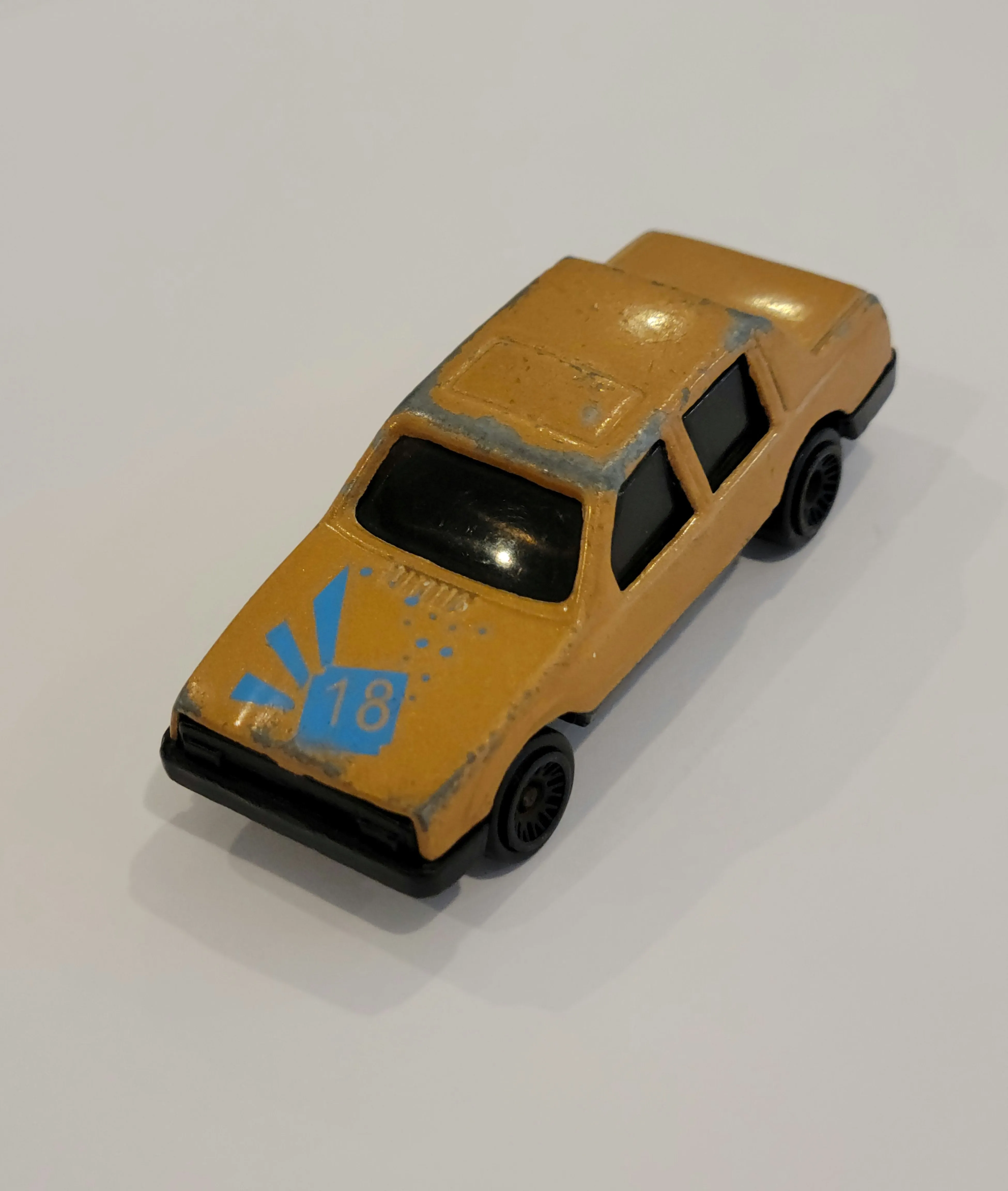
Intricate detailing is a key factor in enhancing the value of a diecast car. Collectors value models that accurately replicate the features of the full-sized vehicles. Details such as accurate paint finishes, detailed engine compartments, realistic interiors, and functional parts like opening doors and working steering mechanisms significantly increase the desirability of a model. The level of realism reflects the craftsmanship and quality, making the model more valuable. Such models offer a more immersive collecting experience and appeal to collectors who appreciate authenticity and precision. This also shows how accurate the model is to the real life car.
The Model’s Condition
The condition of a diecast car model is a critical factor in determining its value. Models in pristine condition, with no scratches, dents, or paint imperfections, are highly sought after by collectors. The better the condition, the more a model is generally worth. The model’s condition is usually closely tied to how it was kept. The model’s condition also reflects the care it has received over the years. Original packaging also plays a significant role in determining value. Diecast cars that have been well-preserved and stored appropriately often command higher prices. Collectors will always pay more for a pristine condition car vs a car that has been mishandled or not looked after.
Signs of Wear and Tear
Signs of wear and tear, such as scratches, paint chips, or damage to the model, significantly impact its value. These imperfections can detract from the overall appearance and reduce the model’s desirability among collectors. Rust, fading, and other signs of age can also negatively affect the value. The extent of wear and tear affects the model’s value. Models with minimal wear and tear generally hold more value than those with significant damage. Collectors often prioritize models in excellent condition to ensure the best investment and display quality.
How to Assess a Model’s Condition
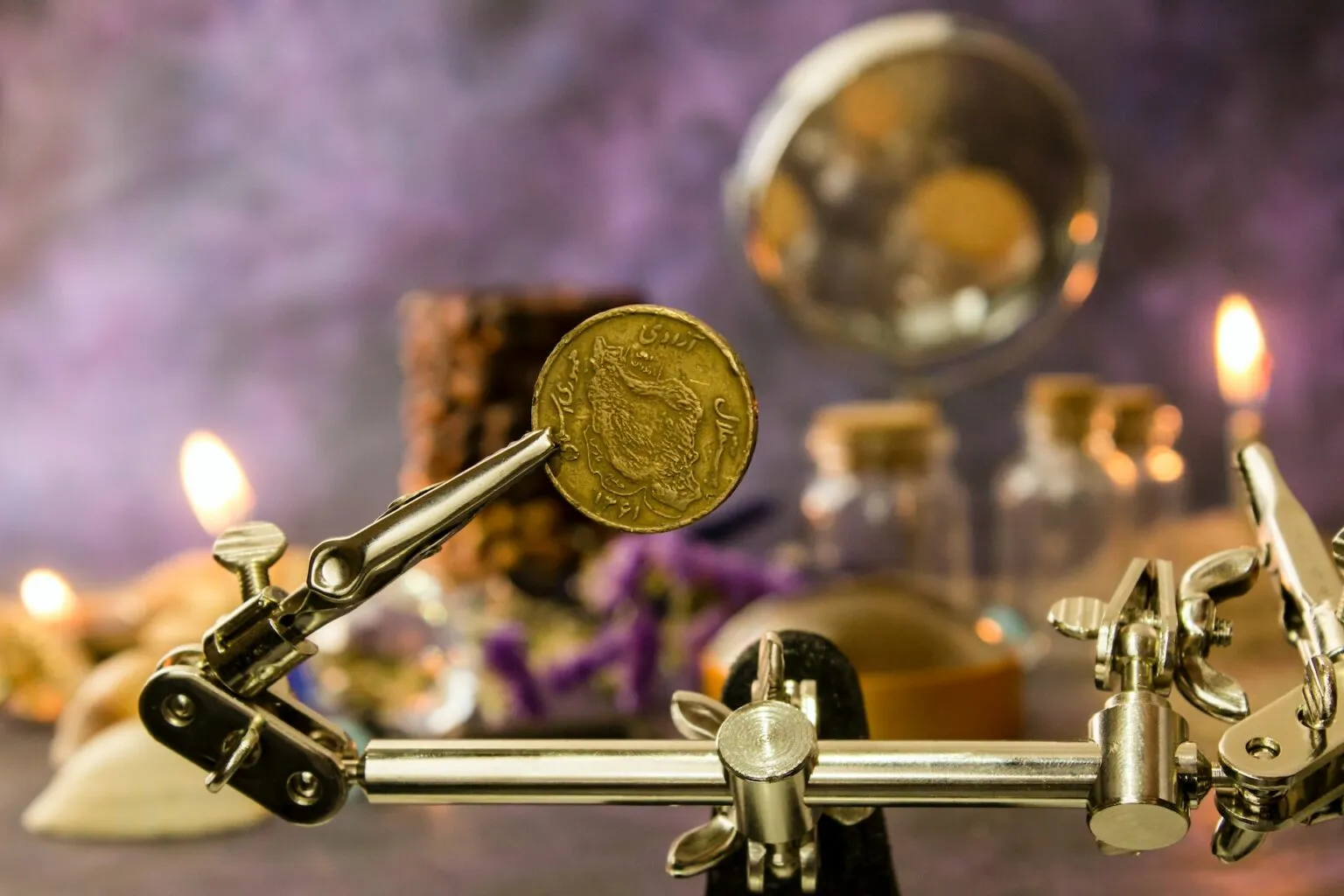
Assessing a model’s condition involves a careful examination of the paint, body, and details. Check for any scratches, dents, or imperfections in the paint finish. Inspect the model’s moving parts, such as doors and wheels, to ensure they function correctly. Look for signs of rust or corrosion, especially on older models. Assess the interior details, such as seats and dashboards, for any damage. Use a bright light and magnifying glass to detect minor imperfections. Evaluating the model’s packaging can also provide clues about its history and handling. A thorough condition assessment will provide an accurate idea of its value. This will help determine how much to pay or sell the model for.
The Model’s Rarity
The rarity of a diecast car is a significant factor influencing its value. Rare models are those produced in limited quantities, making them highly sought after by collectors. The scarcity of a model can be due to limited production runs, exclusive collaborations, or being a model that’s no longer in production. The availability of a model is often a direct factor of its value, as collectors actively seek these models to complete their collections. Rare models command higher prices in the market due to the increased demand and limited supply. This demand is usually very high, which makes the model that much more valuable.
Limited Production Runs
Models produced in limited quantities often have increased value. Manufacturers may release models in small batches, sometimes only a few thousand units worldwide. These limited production runs generate excitement among collectors, increasing their demand and value. The exclusivity of these models makes them highly desirable, and they often become prized possessions within a collection. Limited edition models often come with certificates of authenticity or unique markings, verifying their rarity. Collectors actively seek them out, making the market for these cars very strong. Limited edition models can also be very valuable in the long run.
Discontinued Models and Their Value
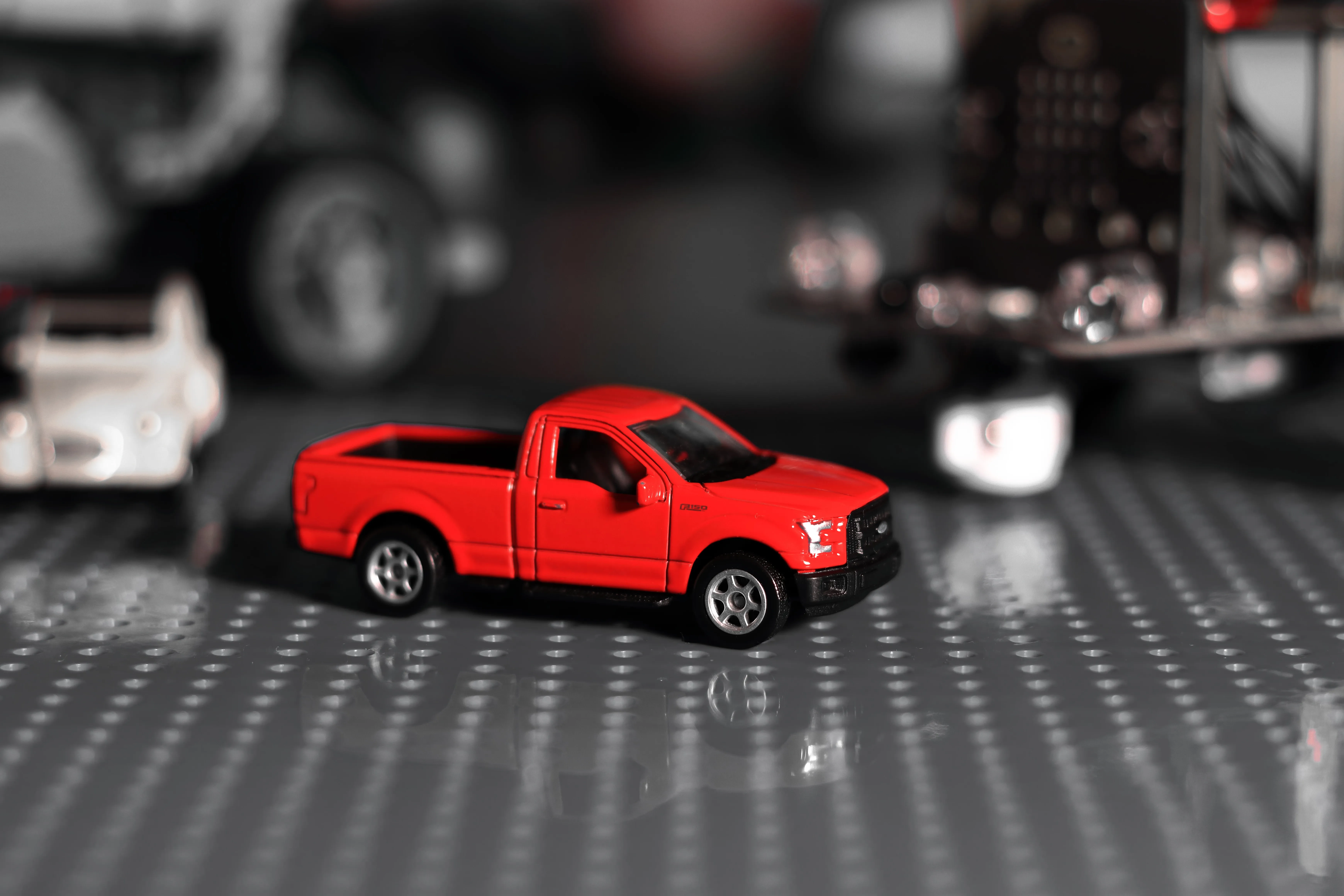
Discontinued models, which are no longer in production, can become very valuable over time. As the supply of these models diminishes, the demand from collectors often increases. The value of a discontinued model can appreciate significantly. These models are often considered historical artifacts in the diecast community, and their rarity makes them highly desirable. Their value can also increase if they were well received when initially released. Collectors often consider discontinued models as valuable assets, leading to a strong market for these rare items.
The Model’s Original Packaging
The original packaging of a diecast car plays a vital role in determining its value. Collectors place a high value on models that come with their original boxes, inserts, and packaging materials. The packaging serves as a protective element and a part of the model’s history. Complete packaging adds to the model’s authenticity and collectibility. Models that are still sealed in their original packaging often command higher prices. Original packaging enhances the model’s appeal and desirability. The presence of original packaging is often a key factor in assessing a diecast car’s overall worth. This also demonstrates how well the model was cared for over the years.
Importance of Original Boxes and Inserts
Original boxes and inserts are important components of the original packaging. They provide valuable information about the model, including its manufacturer, scale, and special features. The box protects the model from damage and helps maintain its condition. Inserts, such as certificates of authenticity or protective packaging, further increase the value. Collectors appreciate the historical aspect of the original packaging, which provides insight into the model’s origins. The completeness of the original packaging demonstrates the model’s authenticity and adds to its appeal. The packaging enhances its collectibility, making the model more valuable.
How Packaging Influences Value
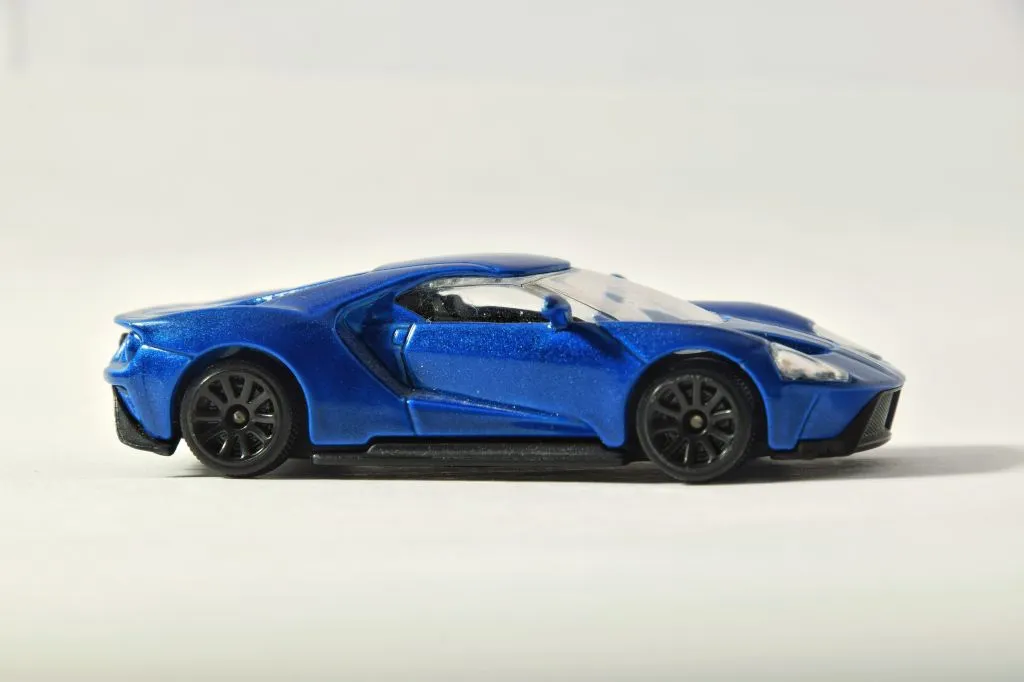
The condition of the packaging significantly influences a model’s value. Packaging in mint condition enhances the model’s worth. Collectors prioritize models with well-preserved packaging. Any damage, wear, or imperfections on the packaging can reduce the model’s value. The presence of original packaging proves authenticity and preserves the model. The packaging reflects the history of the model, making it a valuable collectible item. The original packaging helps maintain its value over time. Packaging is very important when determining the value of your model.
The Current Market Trends
Staying informed about current market trends is essential for accurately valuing diecast cars. The popularity of certain brands and models can fluctuate over time. Collectible trends influence the value of specific models. Watching the market can help you understand what’s popular and desirable among collectors. Keep up-to-date with online marketplaces, auction sites, and collector forums. These platforms provide insights into pricing and demand. Current market trends can also help you capitalize on emerging opportunities. These trends provide an idea of the model’s value in the current market.
Popular Brands and Models
Certain brands and models are consistently popular among collectors, influencing their value. Premium brands such as Autoart, Bburago, and Minichamps are highly sought after due to their quality and detail. Popular models include classic cars, limited-edition releases, and vehicles with significant historical importance. The demand for specific brands and models varies depending on collector preferences. Iconic car brands, like Ferrari, Porsche, and Mercedes-Benz, are often highly valued. Researching the popularity of different brands and models will provide useful insights when assessing the value of your diecast cars. These models can also be more valuable in the long run.
Online Marketplaces and Auction Sites
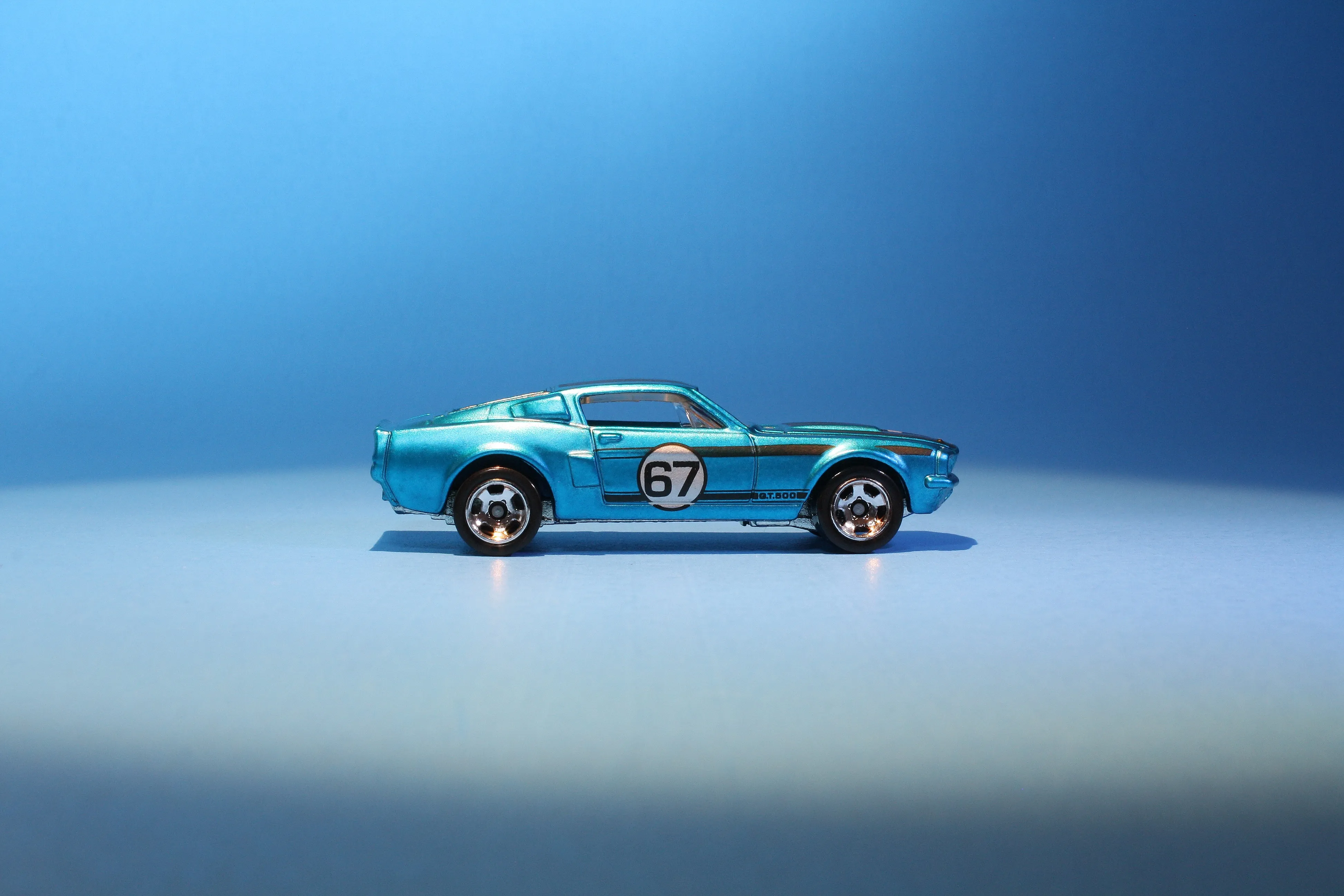
Online marketplaces and auction sites are crucial resources for assessing the value of diecast cars. Websites like eBay, and specialized diecast auction sites provide a platform to research pricing and demand. Reviewing completed auctions provides insights into the prices that collectors are willing to pay for specific models. The market prices can vary depending on the model’s rarity, condition, and demand. Online marketplaces and auction sites give you a clear overview of the current market trends. These sites are essential tools for both buying and selling diecast cars. Using these platforms is a great way to find out how much your model is worth.
In conclusion, determining the value of a diecast car requires a thorough understanding of multiple factors. The make and manufacturer, the scale and level of detail, the model’s condition and rarity, and the presence of original packaging, all contribute to its value. Staying informed about current market trends will help in your collection. By considering these factors and using available resources, you can accurately assess the worth of your diecast cars. Happy collecting!
